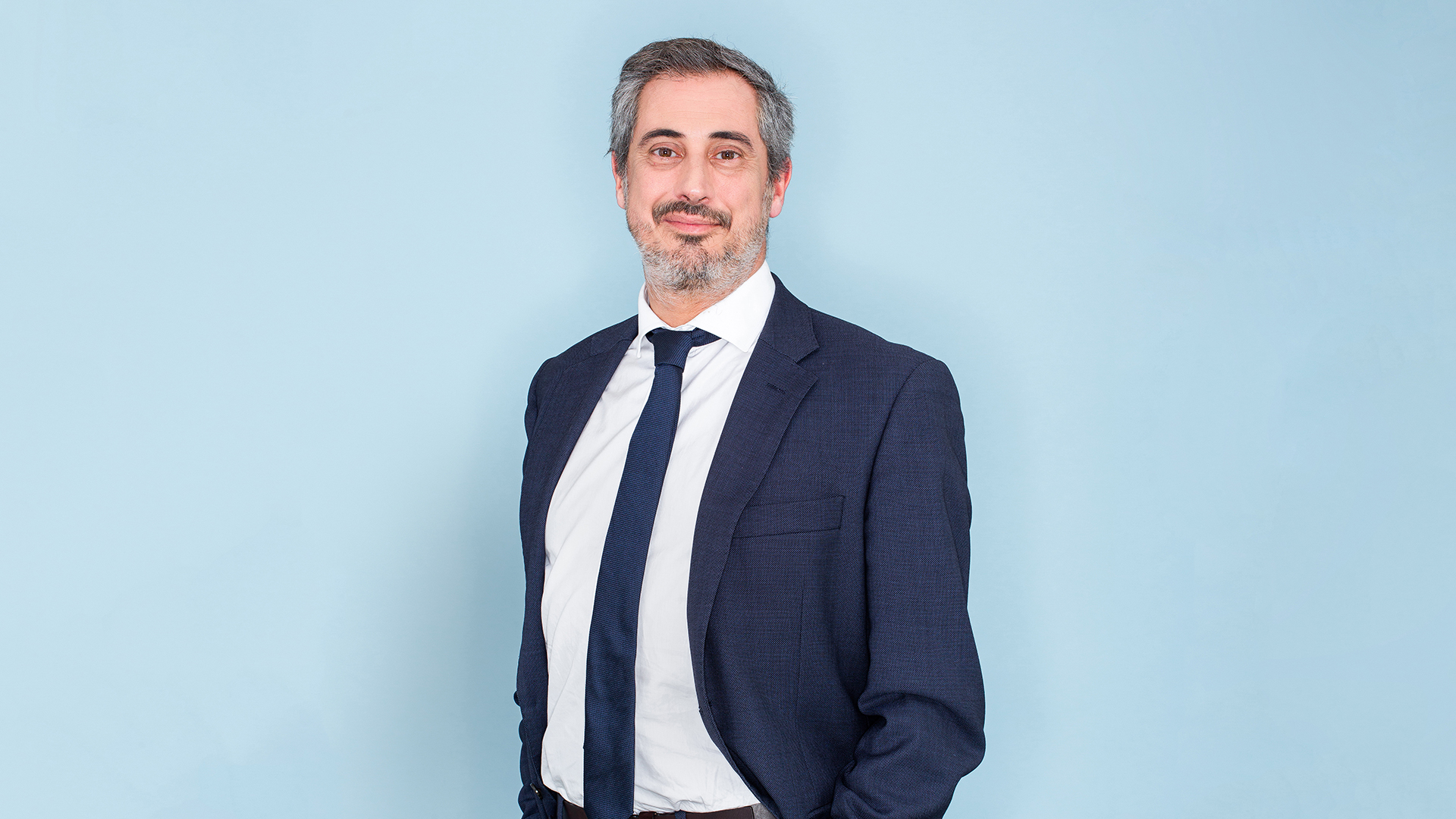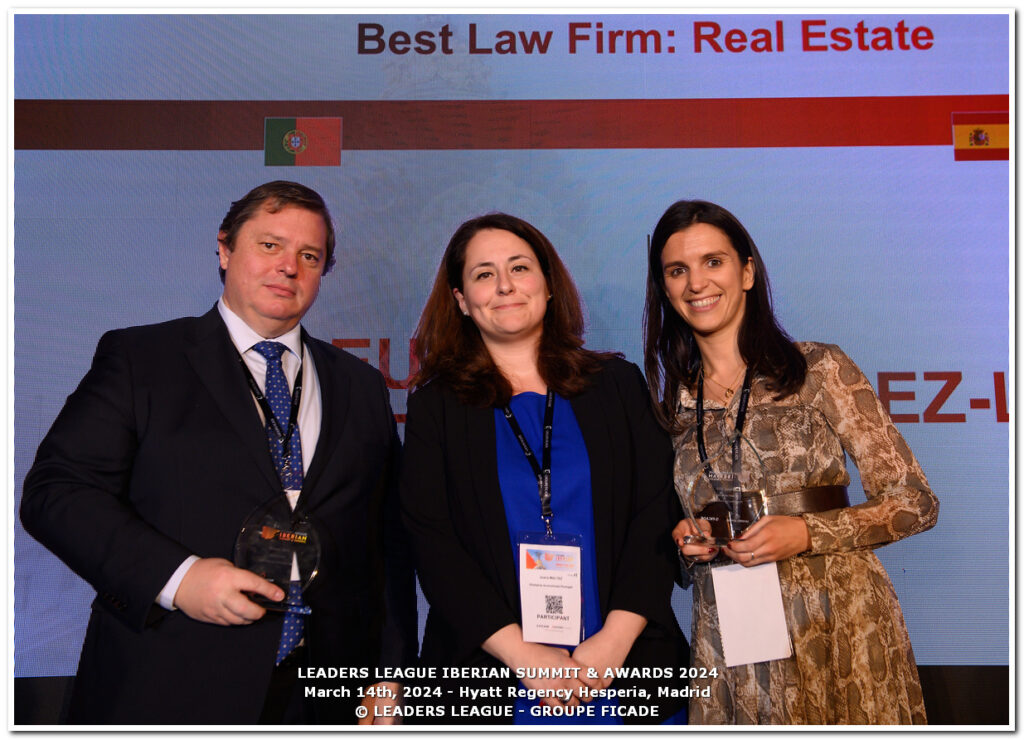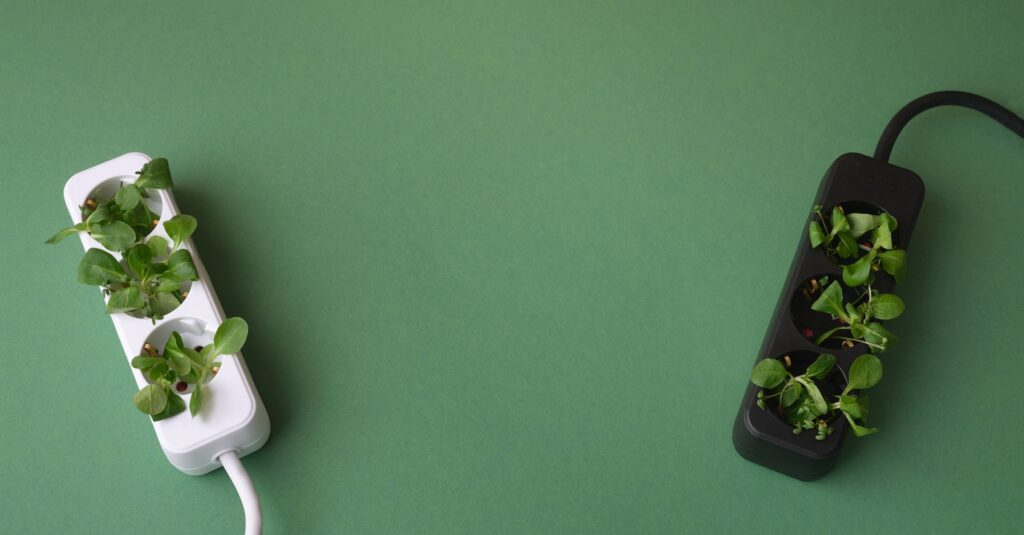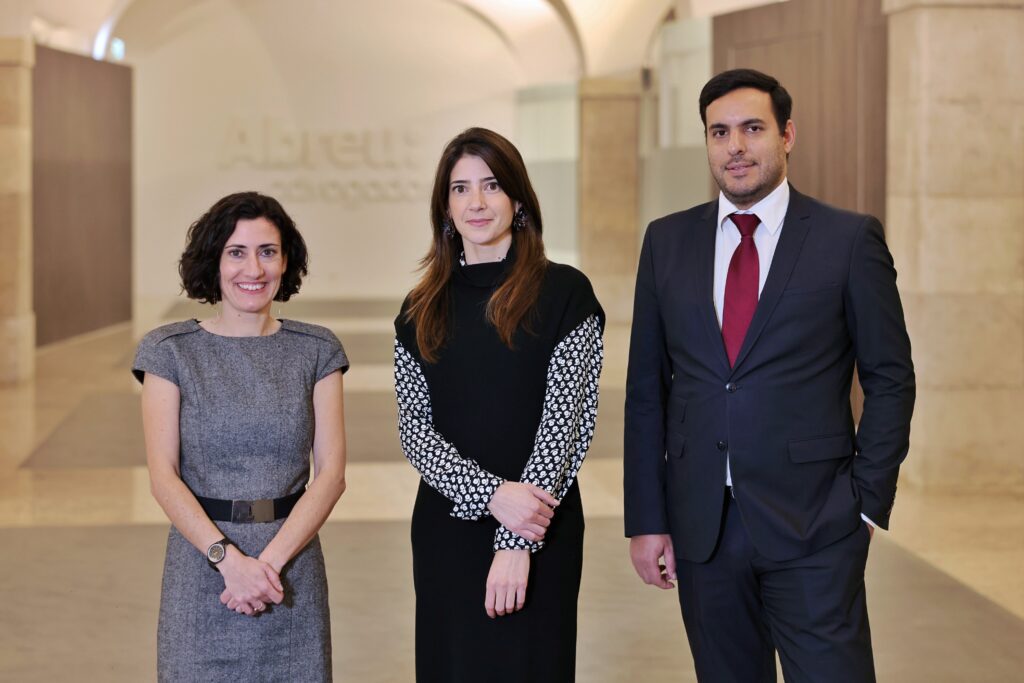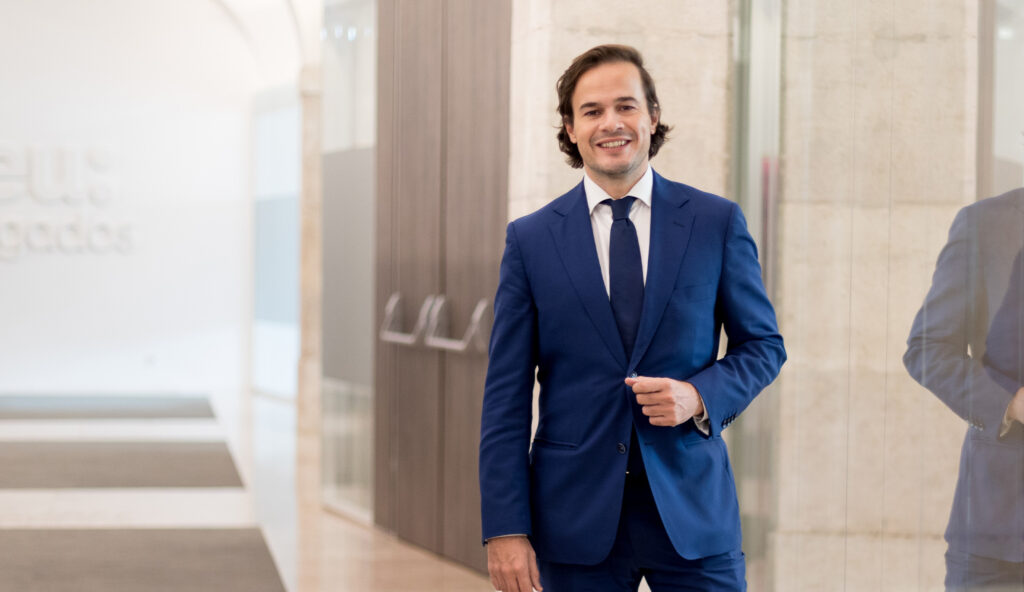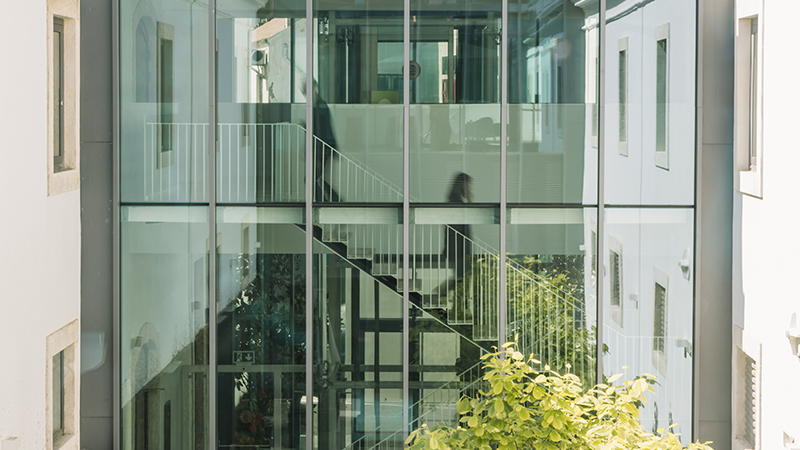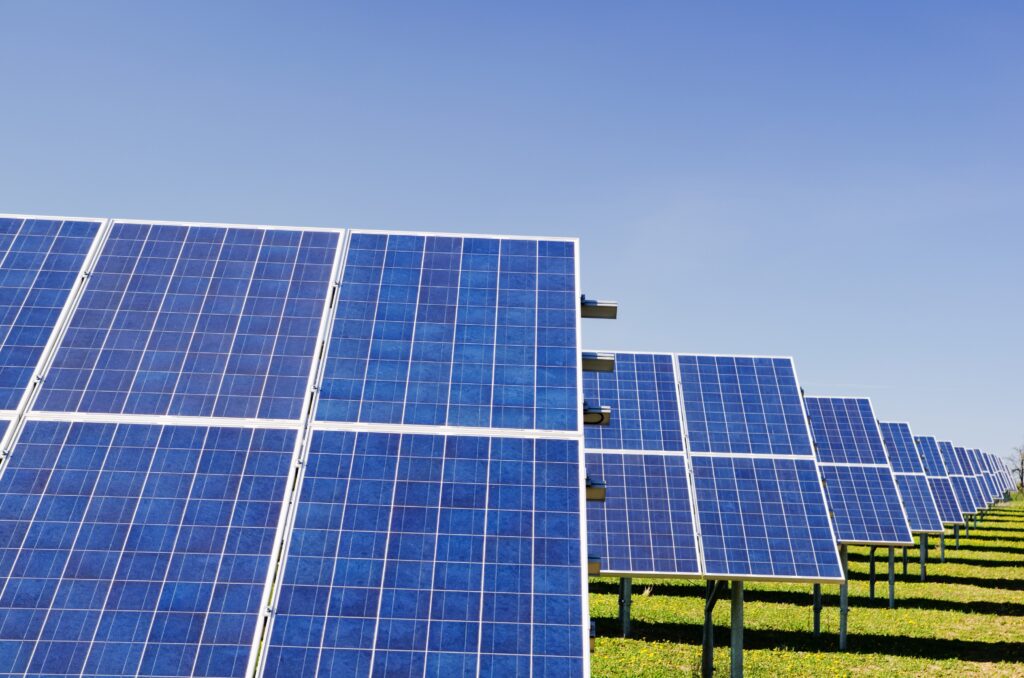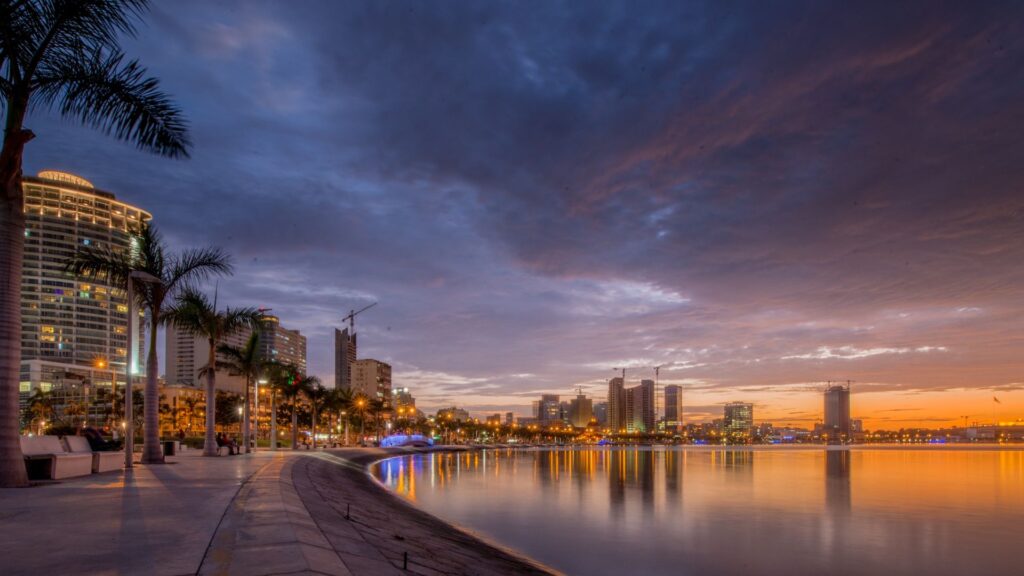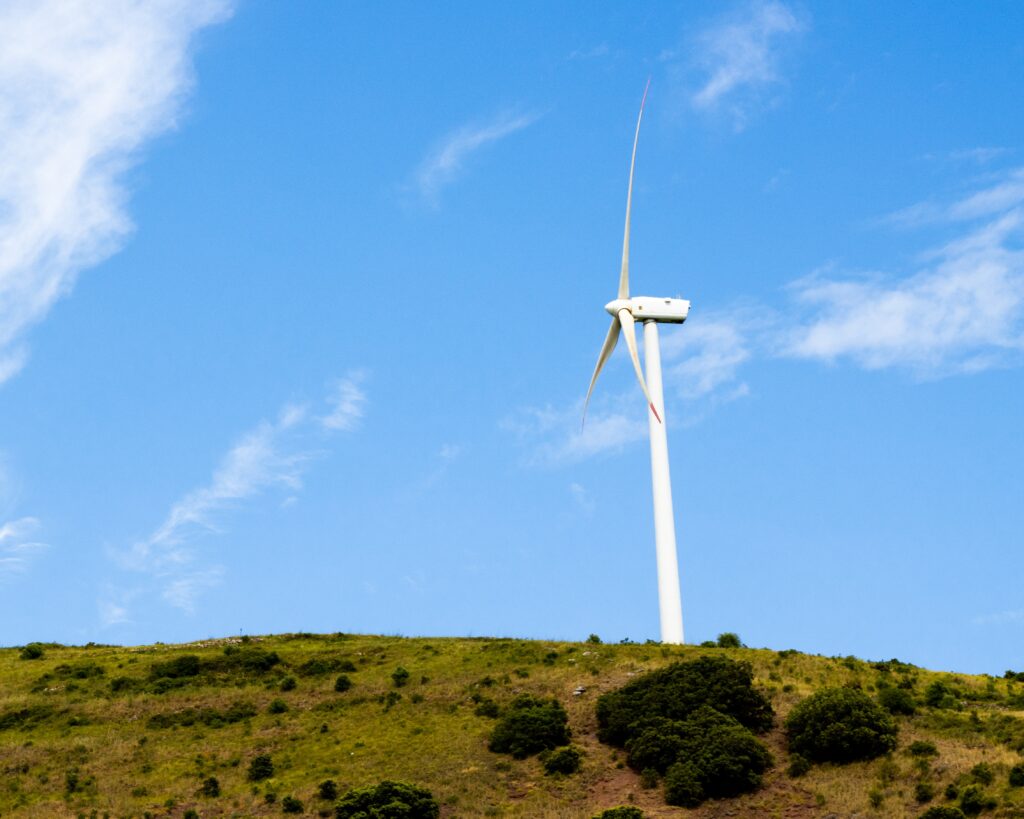20.04.2022
Practice Areas: Public and Environment
Industries: Energy & Natural Resources
Type: Articles
New legal statute approves measures to simplify procedures for producing energy from renewable sources
Decree-Law 30-A/2022 was published on April 18, 2022 and will remain in force until April 19, 2024, thus for two years. The Decree-Law approves exceptional measures aimed at simplifying the procedures for installing and operating renewable energy power centers, self-consumption production units (unidades de produção para autoconsumo – UPAC), hydrogen production from water by electrolysis and electricity transmission and distribution infrastructures.
This Decree-Law provides for an assumption that any of the above-mentioned projects, when located outside sensitive areas[1], are not likely to cause a significant impact or harm to the environment. Thus, in this case, the licensing authority must only request a prior opinion from the Environmental Impact Assessment Authority (hereinafter referred to as EIAA) when the licensing authority has a reason to consider that there are indications that the project is likely to cause significant impacts or harm to the environment, and only to be sure if the project shall or not be subject to an environmental impact assessment.
Hydrogen production projects by water electrolysis are also covered by this new legal statute, which now provides a clearer view of its licensing requisites respecting any environmental impact assessment. Thus, given that this process is recognized by the legislator as being non-hazardous and non-polluting, the same process as above shall apply, not only for new projects, but also for the modification or expansion of existing projects. Moreover, these projects are not subject to the industrial emissions regime, applicable to pollution prevention and control (commonly known as the Seveso Rules or Seveso Directive).
Another novelty brought by this new statute is that, in case the project shall be considered as subject to an environmental impact assessment, and when carried out in the implementation project phase (“fase de projeto de execução”), the issuance of opinions and authorizations by the different authorities who are called upon to participate shall be considered within such proceedings and shall not have to be requested or granted a second time around. In sum, all of the necessary opinions and authorizations shall be addressed and issued with the environmental impact assessment proceedings for that particular project.
Also, respecting any related grid infrastructures, there will be no need to publicize again the project when the grid infrastructure was already included within the environmental impact assessment proceedings that always require a public consultation.
Furthermore, it is important to note that (despite subject to further interpretation) this statute reduces the timeframe for the issuing of any of the legally required opinions from the different competent authorities (“sectoriais”) to a maximum of 10 (ten) working days from receipt of the request. The absence of any response shall be deemed as non-opposition to the request and the respective process shall proceed without further due.
Also, the prior issuance of an operating license or operating certificate to be issued by the Directorate-General for Energy and Geology (Direção-Geral de Energia e Geologia) is waived for the purposes of the entry into operation of renewable energy power plants, storage facilities, and UPACs, provided that the grid operator confirms the existence of technical conditions for connection to the Public Service Electricity Grid (Rede Elétrica de Serviço Público)[2].
Despite the possibility of pursuing a project without an environmental impact assessment, this new Decree-Law states that minimum technical determinations must always be observed to ensure the protection of natural resources, soil, water and the preservation of biodiversity. Furthermore, in these projects, this statute enforces measures designed to protect local populations, to the extent that, under the terms of paragraph d) of article 5 in the above-mentioned cases, a minimum distance of 0.1 km from rural settlements and urban land is mandatory, as well as to provide for a project for the involvement of local populations.
Finally, it is also important to note that in accordance with this new statute, in order to guarantee that wind farms are no longer bound to the limitation of administratively allocated injection capacity so that they can generate power as per their maximum installed capacity, these.
| Download PDF |
[1] As defined in Annex II to Decree-Law no. 151 -B/2013, of October 31, meaning all areas that are part of the Natura 200 Network or subject to the Birds and Habitats Directives, or part of a nature conservation protected area such as a National or Natural Park, for instance, as well as all areas that are in the process of being classified as sensitive from a nature conservation perspective.
[2] Notwithstanding, the regime established for tests and trials prior to experimental operation is applicable. In these terms, the Directorate-General for Energy and Geology (Direção-Geral de Energia e Geologia) must issue an opinion within a maximum period of 10 days from receipt of the request.



